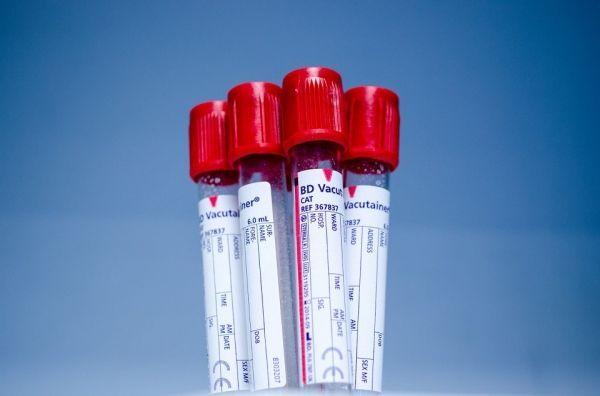Female adolescent blood donors are more likely to have low iron stores and iron deficiency anemia than adult female blood donors and nondonors, which could have significant negative consequences on their developing brains, a new study led by Johns Hopkins researchers suggests. Based on these findings, the authors propose a variety of measures that could help this vulnerable population.
Each year, an estimated 6.8 million people in the U.S. donate blood, according to the American Red Cross, which coordinates blood drives across the country. Adolescents are increasingly contributing to the donor pool due to blood drives at high schools. In 2015, adolescents ages 16–18 contributed approximately 1.5 million blood donations.
Although blood donation is largely a safe procedure, adolescents are at a higher risk for acute, adverse donation-related problems, such as injuries from fainting during donation, explains study leaders Eshan Patel, M.P.H., a biostatistician in the Department of Pathology at the Johns Hopkins University School of Medicine, and Aaron Tobian, M.D., Ph.D., professor of pathology, medicine, oncology and epidemiology at the Johns Hopkins University School of Medicine and director of transfusion medicine at The Johns Hopkins Hospital.
Read more at Johns Hopkins Medicine
Photo credit: PublicDomainPictures via Pixabay


